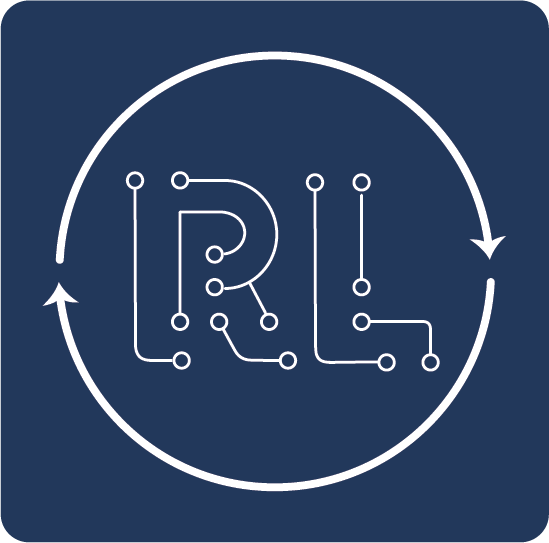What is reinforcement learning?#
What is reinforcement learning?#
Reinforcement learning is learning from experience.
Reinforcement learning is a branch of machine learning in which agents learn to make sequential decisions in an environment, guided by a set of rewards and penalties.
It differs from traditional supervised machine learning in a few ways, primarily:
Experience instead of labels: In traditional supervised machine learning, we need to provide examples that contain inputs and labelled outputs. In reinforcement learning, the “labels” are provided by the environment when the agent interacts with the environment. These “labels” are called rewards. Rewards can be positive, which means our agent will try to learn behaviour that leads to positive rewards, or rewards can be negative, which means out agent will try to learn behaviour that leads to negative rewards. The aim is to learn behaviour that increases the cumulative reward over a number of decisions.
Decisions are sequential: Reinforcement learning is sequential decision making. This means that our agent needs to make a series of decisions over time, which each decision affecting future outcomes. Feedback, in the form of positive/negative rewards, is received at each step (although the reward may be zero at most steps), but in most situations, simply maximising feedback at each step is not optimal — our agent needs to consider how each action affects the future.
Part II: Single-agent reinforcement learning#
In Part II of these notes, we introduce Markov Decision Processes (MDPs). MDPs allow us to model reinforcement learning problems.
We look at model-based techniques, where the entire MDP model is known to us, and model-free techniques, which are flexible enough that when some information is not provide explicitly, but can be sampled enough times, we can still learn good behaviour. We will look at foundational techniques, some more advanced techniques, and will pay particular attention to how to scale reinforcement learning so we can use it solve real problems.
Part III: Multi-agent reinforcement learning#
In Part III of these notes, we look at multi-agent MDPs (sometimes called games), in which there are multiple (possibly adversarial) agents in a problem, and we need to plan our decisions while also considering what the other actors in the environment will do. Again, we look at both model-based and model-free techniques.
